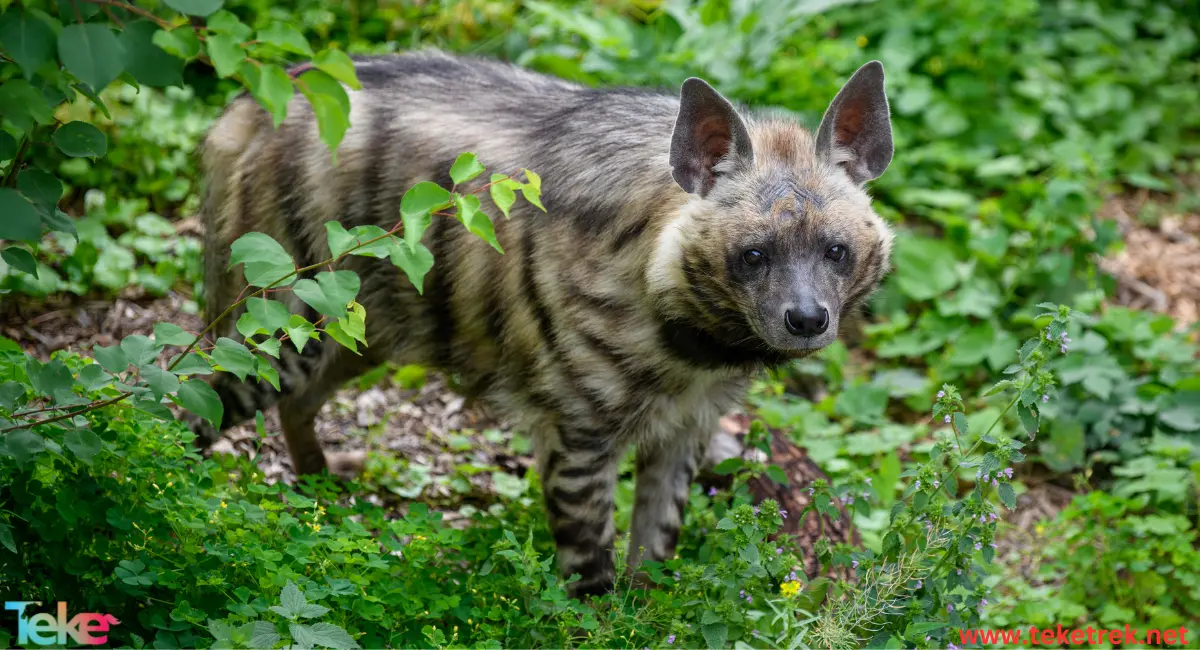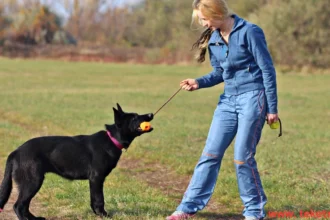Research on carnivores
Carnivorous animals are a category of animals we’ve previously discussed in an article on the Teketrek website, and today we will focus on explaining carnivores in detail.
We will present their characteristics and their role in the food chain.
A brief overview of carnivorous animals
Carnivorous animals are a category of animals classified according to their dietary habits. They primarily rely on the flesh of other animals as their main food source, and in some cases, even consume human flesh.
Carnivorous animals possess characteristics that aid them in this endeavor, including:
1. They have a relatively short digestive system, as they do not need to break down cellulose found in plants.
2. They possess strength, speed, and acute senses to aid them in hunting.
3. They have teeth and claws to grasp and tear prey.
4. Some hunting animals have forward-facing eyes that allow them to perceive depth.
5. It is worth mentioning that most carnivores do not acquire their food through hunting; they are scavengers and lack the necessary traits to catch prey. Others search for food when the opportunity arises.
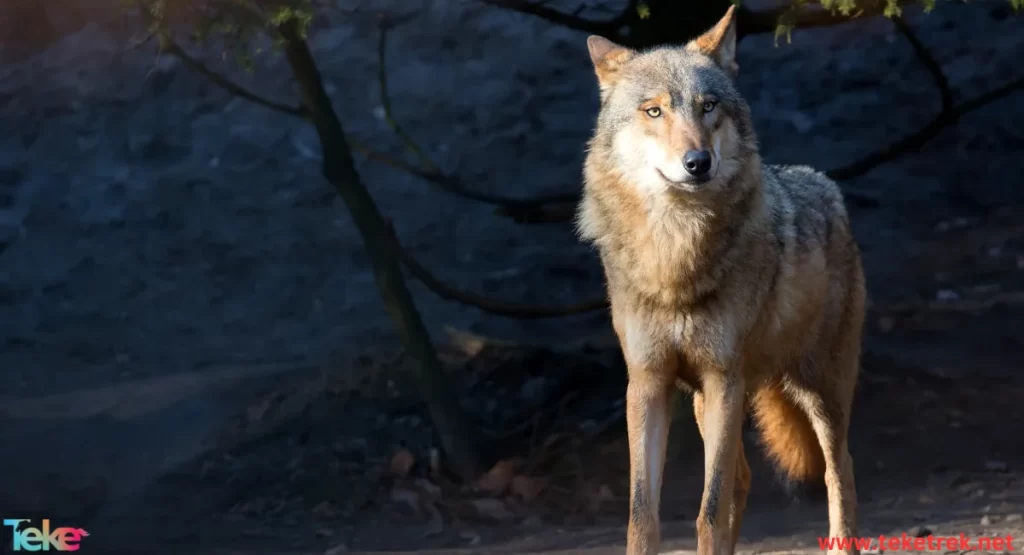
Families of carnivores
The order Carnivora includes 12 families.
Nine families live on land, including Canidae, Felidae, Ursidae, Procyonidae, Mustelidae, Mephitidae, Herpestidae, Viverridae, and Hyaenidae.
Meanwhile, three families are aquatic: Otariidae, Phocidae, and Odobenidae.
Subcategories of carnivores
Carnivorous animals vary in terms of their prey type:
- Animals that primarily feed on insects and invertebrates are called insectivores.
- Those that rely on fish primarily are called piscivores.
- They can also be classified based on the proportion of meat in their diet as follows:
- Hypercarnivores: Animals whose diet consists of over 70% meat.
- Mescarnivores: Animals whose diet comprises meat ranging from 30-70%.
- Hypocarnivores: Animals whose diet consists of less than 30% meat.
It’s worth noting that they achieve dietary balance through non-animal foods such as plants or fungi.
Habitats of carnivores
- Carnivorous animals inhabit various geographical regions, including polar regions, extreme deserts, and open seas.
- They have bodies of different shapes and sizes, ranging from 17 cm to 6 meters and 3700 kg.
- Some carnivores, including cats and dogs, have been domesticated, leading to their spread around the world.
Stages of carnivore evolution
There are several types of carnivorous animals. For example, the marine sea urchin relies on worms, larvae, or even algae when necessary.
Meanwhile, the Felidae family needs animal flesh in its diet due to its requirement for certain nutrients that its body cannot synthesize, such as retinol, arginine, taurine, and arachidonic acid.
In ancient times:
Carnivores evolved from insect eaters to medium-sized and large quadrupeds due to adaptation needs. On the other hand, there’s a complex set of significant modifications for feeding on plants with high fiber content.
In the Middle Ages:
Dinosaurs with legs, including Tyrannosaurus rex, were said to be carnivorous.
Theropods were the largest carnivorous animals at that time, along with some mammals such as gobiconodontids, triconodontid Jugulator, deltatheroidans, and Cimolestes.
In modern times:
From the early to mid-modern ages, mammals were the predominant forms of carnivorous animals, and this trend continues to the present day.
Adaptations of carnivores for hunting
Carnivorous animals biologically adapt to hunting and consuming meat in various ways:
- Mammalian carnivores like wolves have strong jaws and long sharp teeth used for catching and tearing prey.
- Some have sharp claws aiding in prey capture, such as eagles and black bears. Birds of prey, in particular, have curved beaks for tearing prey.
- Some carnivores catch prey using their mouths. For example, the heron moves slowly in shallow water and quickly snatches a fish or crayfish. Frogs also catch mice using their mouths.
- Spiders, on the other hand, trap their prey by ensnaring them in sticky webs.
- Certain species attack prey by biting or injecting venom, which either immobilizes or kills the victim. Snakes possess hollow fangs used as needles to inject venom, while sea anemones use their tentacles to immobilize fish.
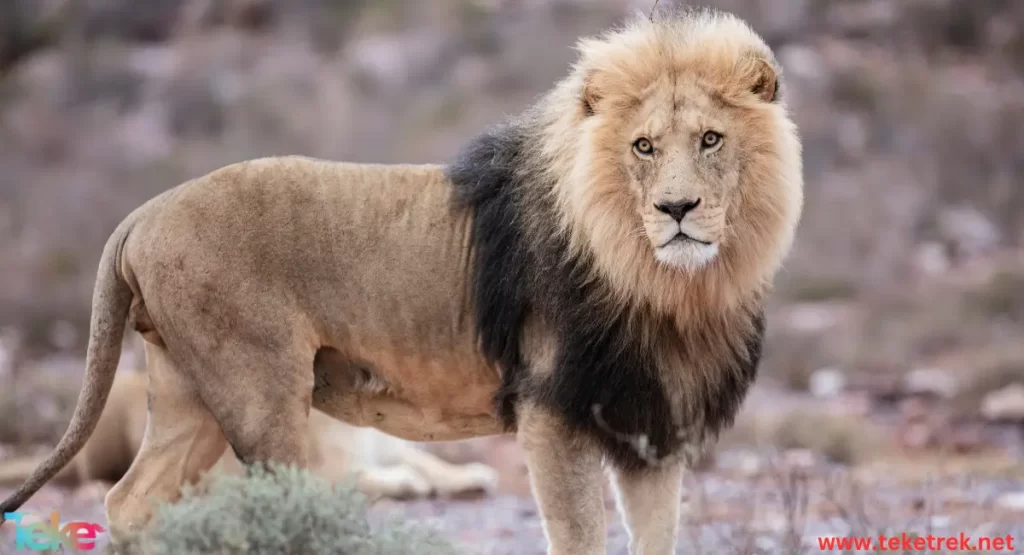
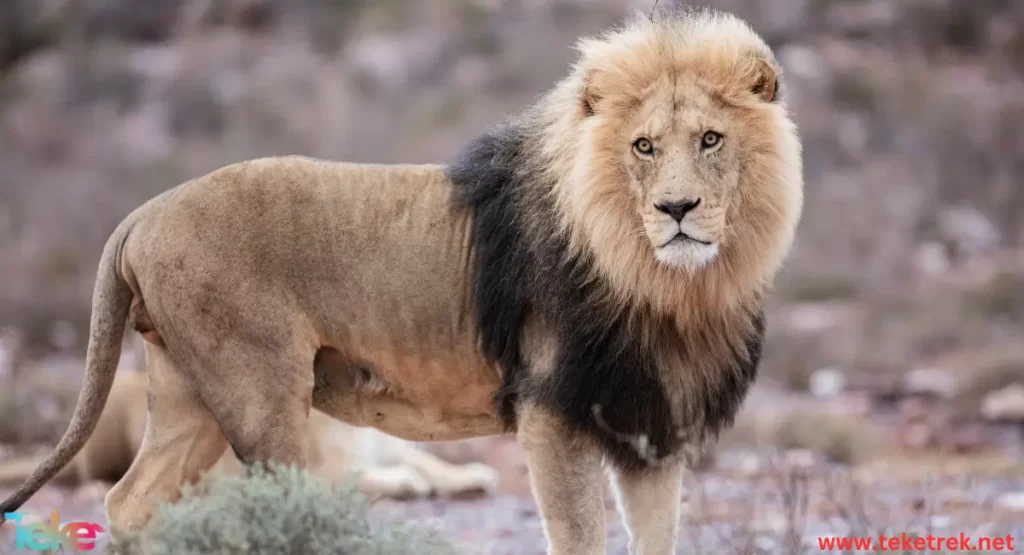
Role of carnivores in the food chain
- Maintaining balance in the ecosystem requires balancing the numbers of plants, herbivores, and carnivores.
- As energy is lost through each trophic level, several autotrophic organisms are needed to support a minimal number of herbivores.
- In some areas, the disappearance of carnivorous animals has led to an increase in herbivores, causing ecological imbalance.
- Conversely, in other areas, the absence of predators due to hunting has led to an increase in prey populations, such as deer, resulting in heightened competition for food and urban encroachment.
common questions
Some common questions about carnivorous animals:
What are animals that eat other animals called?
Animals that feed on other animals are called carnivores or predators.
What do carnivorous animals eat?
Carnivorous animals primarily feed on the flesh of other animals, as well as fish and some plants like fruits and roots.
What is the difference between herbivores and carnivores?
Herbivores feed on plants, while carnivores feed on the flesh of other animals.
Who are carnivorous animals?
They are animals that rely on meat for at least 50% of their diet and fish for about 30%.
In summary, carnivorous animals are a type of animal that primarily relies on meat for their diet, but the proportion of meat in their diet varies from species to species.

